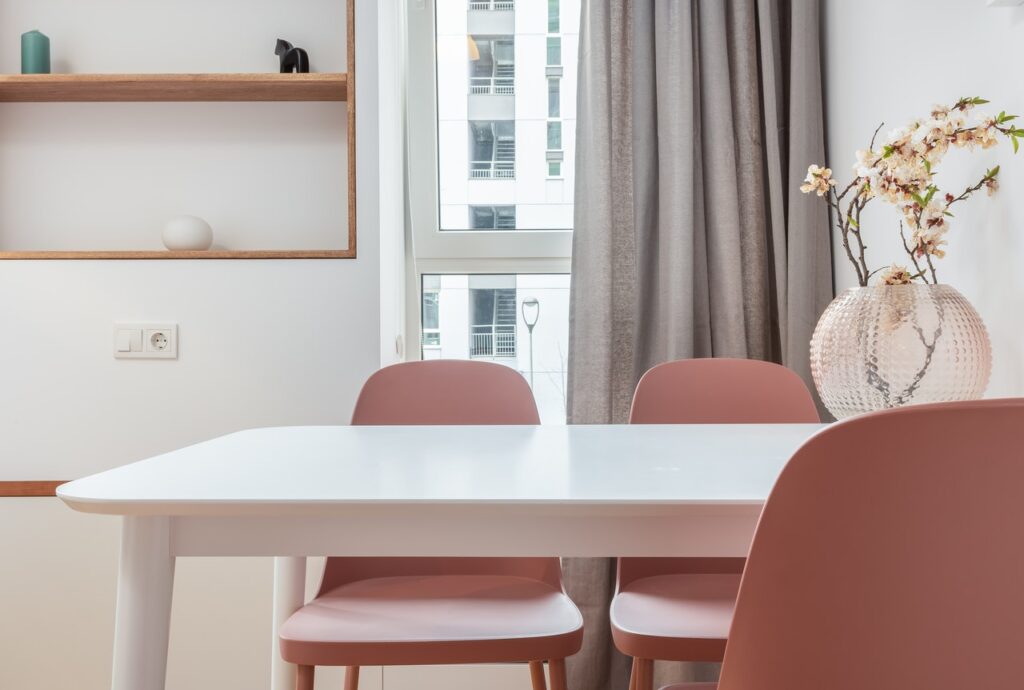In recent years, a concentrated rise against consumerism has swept over the population. The idea that you can be more and accomplish more with less is gaining traction not only with older generations but with Millennials as well. Known as a minimalist lifestyle, people from every facet of life are embracing the act of decluttering. They want to make room for peace and less stress in their daily lives. But what is a minimalist, exactly?
Joshua Millburn and Ryan Nicodemus, defined minimalism as “… lifestyle that helps people question what things add value to their lives.” The minimalist movement has created an awareness of how fewer material items can pave the way for a more fulfilled life. It makes room for satisfactory health, personal and family relationships, individual and spiritual growth, and contribution to society.

While it seems becoming a minimalist means living without what we may be used to, it's not the case. Minimalist living is not the same for everyone. Not every individual seeking a minimal style must consider downsizing your home. Instead, becoming a minimalist means you take away the things that do not serve a purpose. Things without a purpose in your day to day life.
Start by following these minimalist tips.
Becoming a minimalist begins with taking careful inventory of the belongings you use each day. Be sure take the time to determine what it is you want to keep. Don't just get rid of things just to declutter. If you use certain small kitchen appliances each day, keep them. It makes little sense to set those aside for donation, storage or trash just to create more open space. However, the boxes of decorations that occupy your living space may be the perfect place to begin to declutter.
 After you’ve taken inventory of the items you use, determining how to become a minimalist gets easier. Start in a single room where you spend a substantial amount of time (living room or bedroom), and weed out the things that do not serve a purpose there.
After you’ve taken inventory of the items you use, determining how to become a minimalist gets easier. Start in a single room where you spend a substantial amount of time (living room or bedroom), and weed out the things that do not serve a purpose there.
For instance, it is common for individuals striving for minimal style to begin in their closet, getting rid of clothes that were purchased and never worn or simply no longer fit regarding style or size. Once you have completed a single room, move on to the next and follow the same principles to create a minimalist living environment.
Remember the steps on how to be a minimalist are not the same for everyone. Downsizing your home is not always the best approach, especially for those with small children or aging parents. Similarly, getting rid of every item not currently in use isn't rational. For instance, family heirlooms that are intended for your children or grandchildren can be removed from your home to create a minimalist style, without you having to let go completely. If you find yourself overwhelmed with getting rid of items that may be needed down the road, consider getting a Reno storage unit from Ample Storage to set aside specific things.
A minimalist home does not look the same for each individual or family but instead focuses on the same core components. Less stuff and clutter creates the space necessary for a less stressful, more satisfactory life, even if your belongings are simply held outside your main living space.